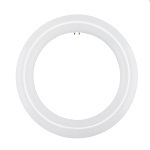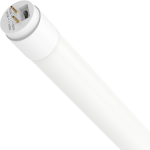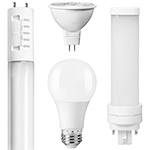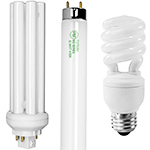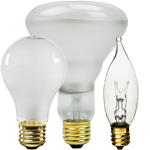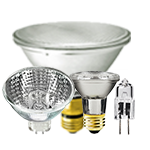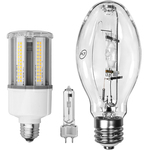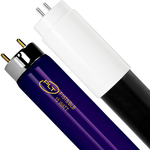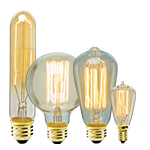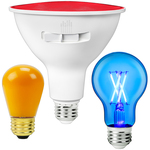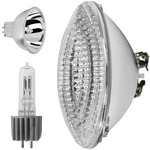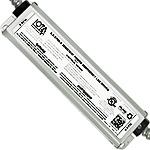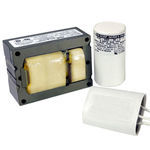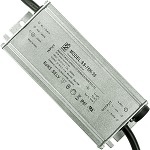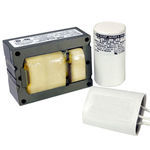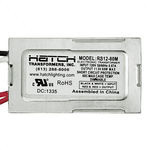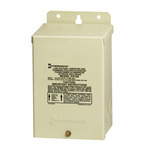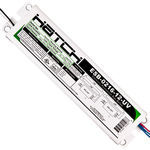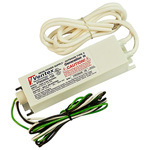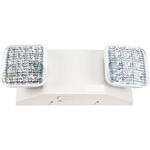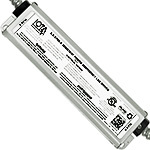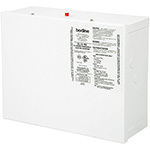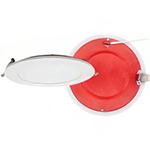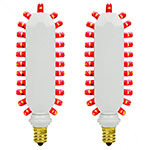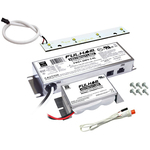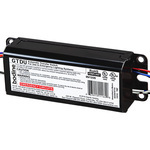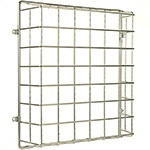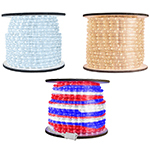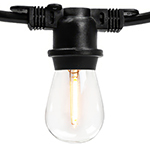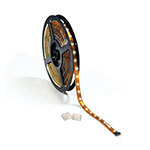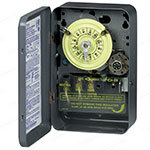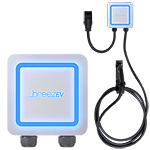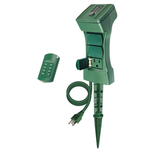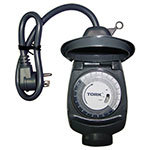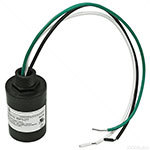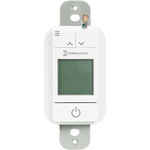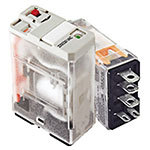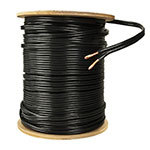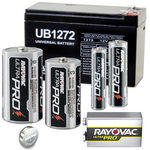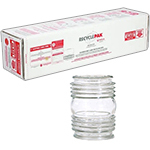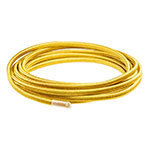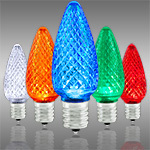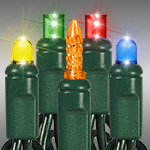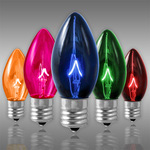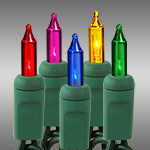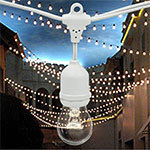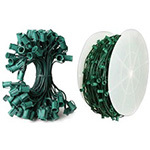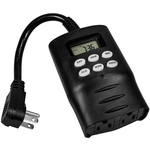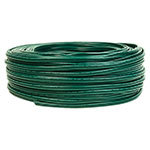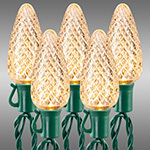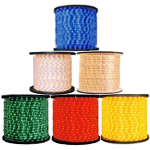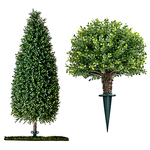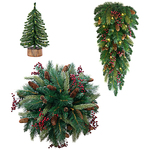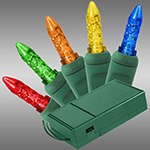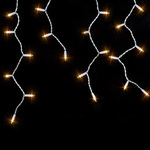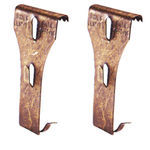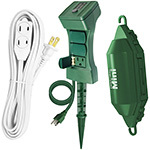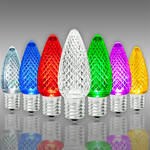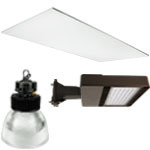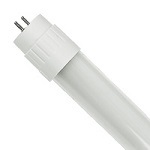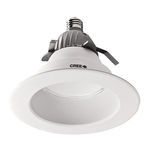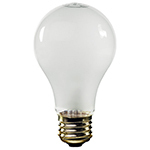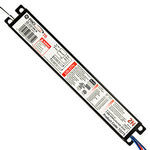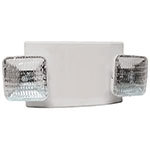Decorative Lighting
-
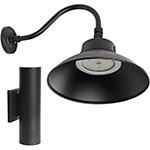
Decorative Wall Fixtures
Sconces and Gooseneck -
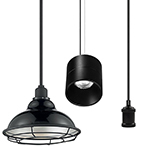
Decorative Pendant and Chandelier Fixtures
-
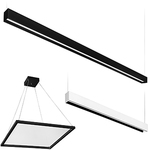
LED Linear Suspension Lights
-
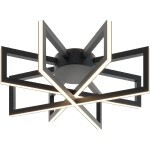
Close to Ceiling Lights
Flush Mount and Semi-Flush Mount Fixtures -
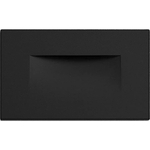
LED Step Lights
-

Decorative Vanity
-
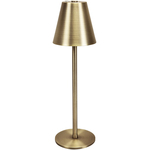
Cordless Rechargeable LED Lamps and Candles
Portable - Great for Patios, Dining Tables, and More -

Candle Warmer Lamps
Illuminate your home or business in style with our selection of decorative LED light fixtures. Whether you need fixtures indoors or outdoors, 1000Bulbs.com is your one-stop shop for decorative LED lighting.
What are Decorative LED Light Fixtures?
Decorative LED fixtures are lights designed to enhance the aesthetics of a space. These fixtures are available in two distinct types: LED and LED ready. LED fixtures utilize integrated LEDs, while LED-ready fixtures let you pick the LED bulbs of your choice. Both types offer exceptional energy savings and far outlast traditional lighting.
Styles of Decorative LED Light Fixtures Available at 1000Bulbs
We offer a variety of decorative LED light fixtures, including:
- Decorative Wall Fixtures
- Decorative Pendants and Chandeliers
- LED Linear Suspension Lights
- Close to Ceiling Lights
- LED Step Lights
- Decorative Vanity Lights
- Cordless Rechargeable LED Lamps
- Candle Warmer Lamps
Providing a perfect blend of form and function, decorative wall lights are ideal for both indoor and outdoor applications. These lights come in a variety of modern sconce and gooseneck designs and are available in several popular finishes, including brass, bronze, and black.
Decorative pendant and chandelier fixtures can easily transform the look of any residential or commercial space. Their highly decorative designs and variety of finishes make them the focal point of any room. Popular design styles include cylinder, interlocking shapes, industrial, and steampunk.
LED linear suspension lights are architectural fixtures that have become one of the hottest trends in high-end commercial and retail lighting. They can provide both direct and indirect lighting and are available in several styles and finishes.
Close-to-ceiling lights provide general overhead lighting in any room of your home or business. These lights can be made from various materials, including glass and iron, and have many finish options. Popular finishes include bronze, brass, black, and white. Close-to-ceiling lights can be flush mount or semi-flush mount. Flush mount lights sit flush to the ceiling with no gaps, while semi-flush mount lights suspend from a chin or stem.
Decorative vanity light fixtures are the traditional task lights used in bathrooms everywhere. Longer lights are typically installed over the top of mirrors and medicine cabinets, while smaller sconce lights are placed on either side of the mirror.
LED step lights provide an additional layer of safety to stairs and walkways by ensuring the pathway is visible. Cordless rechargeable LED lamps are portable lamps that recharge with a USB cable. They are ideal for indoor and outdoor use. Candle warmer lamps warm and melt candles from the top down, releasing the fragrance without needing to light them.
Where to Use Decorative LED Lighting
Decorative LED lighting can be used for a near limitless number of residential and commercial applications. Pendant and chandelier fixtures can be adjusted to your preferred hanging height, making them perfect for living rooms, dining rooms, hallways, entryways, lobbies, and more. They are also a great way to add a vintage feel to kitchens, restaurants, or coffee shops.
Our outdoor decorative LED lighting can light up your front door and outdoor-rated ceiling lights for breezeways. Cordless LED lamps are perfect for patios and camping trips. While commonly used in bathrooms, decorative vanity fixtures can also be used in entryways, hallways, and lobbies. Linear suspension and close-to-ceiling lights have a varied range of applications, from living spaces to offices. The possibilities are endless.
Need more assistance with finding the right decorative LED light fixture? Call us at 1-844-288-6069 to speak to one of our US-based lighting experts.
Frequently Asked Questions (FAQs)
What is the difference between LED and LED-ready lights? LED lights use integrated LEDs that cannot be replaced. LED-ready lights do not come with bulbs or built-in LEDs. You choose the LED bulbs you want, giving you far more flexibility. Once the bulb fails, it can be replaced with a new one.
What kinds of fixtures are considered decorative? Chandeliers, wall sconces, pendants, and other highly stylized lighting are considered decorative.
What is the difference between flush mount and semi-flush mount ceiling lights? Flush-mount lights sit flush to the ceiling with little to no gap between them. Semi-flush mount lights are suspended 4 to 8 inches below the ceiling by a chain or stem.
What finishes are popular for decorative LED lighting? White, black, bronze, brass, and chrome are some of the most popular finishes.
How high should I hang chandeliers? As a general rule, chandeliers should be 7 feet from the floor in living spaces and 30 to 36 inches above the table in dining rooms.
Where should LED step lights be placed? Step lights are generally installed on the riser of the step.

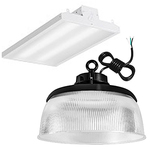
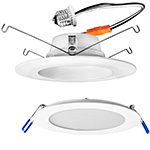
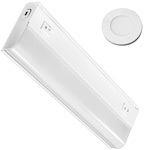
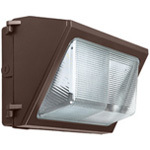
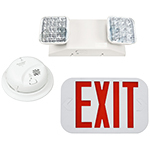
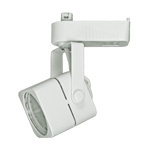
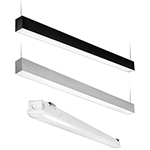
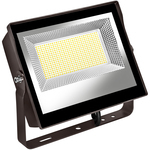
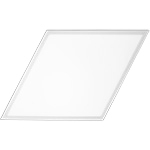
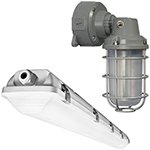
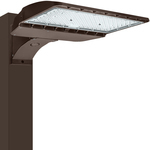
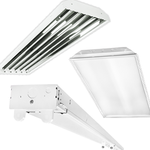

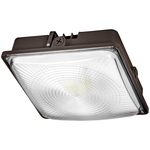
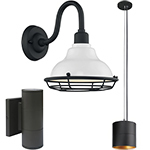
.jpg)
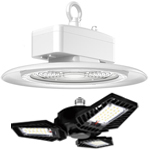

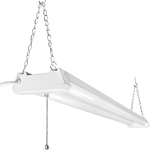
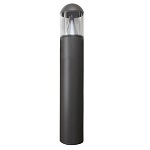
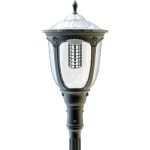
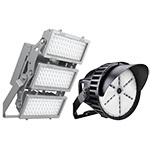
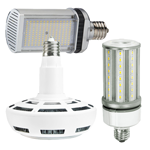
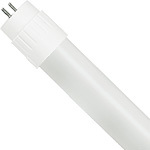

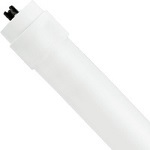


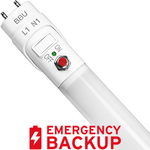


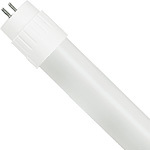
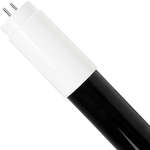
.jpg)
